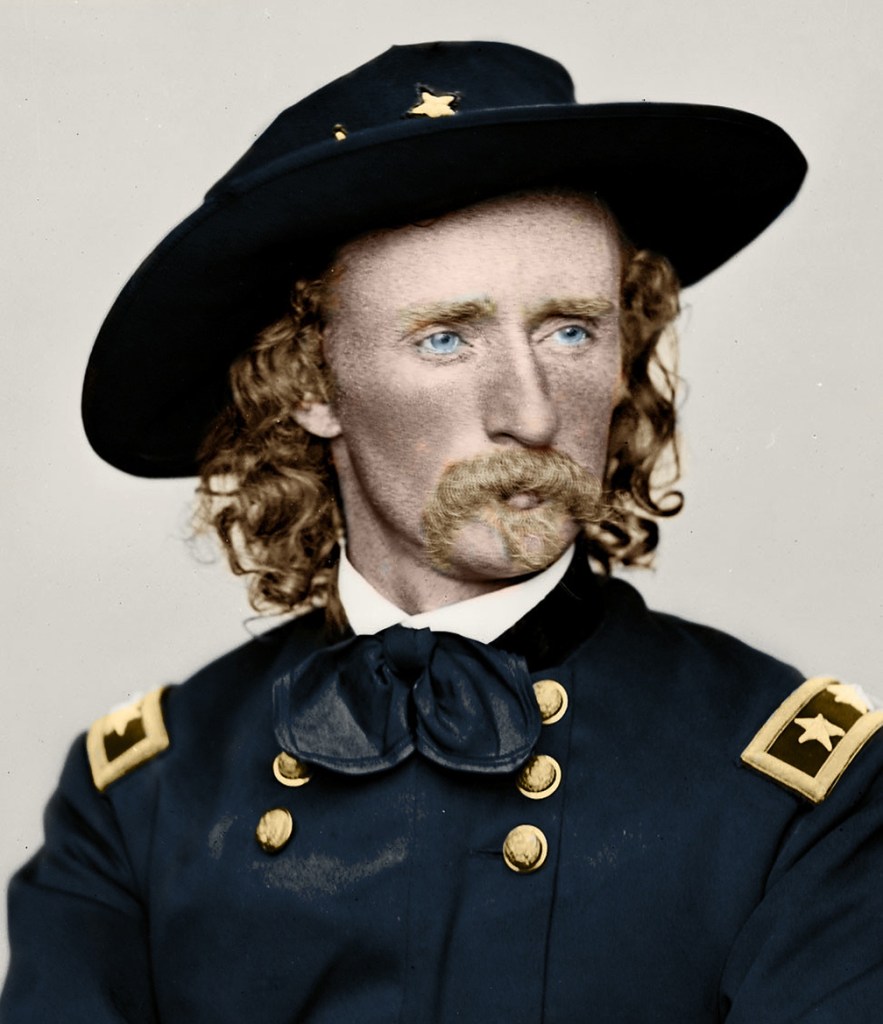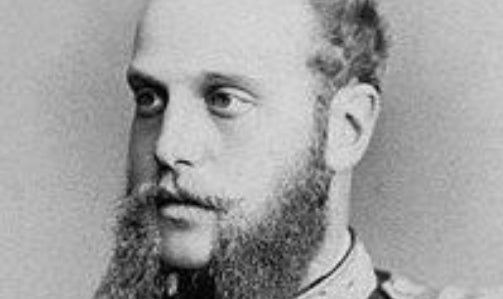We will start this article with a question. Who was the only U.S Army General to be killed by American Indians? The answer is Major Gen. Edward R. Canby, of Rabbit Hash, Kentucky, who was killed in 1873 at the start of the Modoc War. You might ask, “What about the death in 1876 of Gen. George A. Custer at the Battle of the Little Big Horn?”
The answer is that while Custer had been a Major General in the Volunteers during the Civil War in 1876, his regular Army rank was that of Lieutenant Colonel. Custer continued to be called General Custer post-Civil War as a courtesy even though his actual rank was of Lt. Colonel. Interestingly, Custer did not command the 7th Cavalry in 1876; that honor belonged to Col. Andrew J. Smith.
Custer was the 7th Cavalry executive officer. However, at the Little Big Horn, he was commanding officer of that portion of the 7th Cavalry that was in the field and met defeat at the Little Big Horn Battlefield.
In 1871 and 1872, Custer and the 7th Cavalry were not out patrolling on the Western Plains. Instead, they were charged with keeping law and order in Kentucky. While Kentucky had remained loyal to the Union during the Civil War, this all changed post war. During the period 1865 to 1870, law and order broke down and atrocities of all kinds became a common event across the state.

Therefore in 1871, the federal government ordered troops to Kentucky to help maintain law and order. Among the federal troops sent to Kentucky were two battalions of the 7th Cavalry commanded by Lt. Col. George A. Custer. He established his headquarters at Elizabethtown and assigned companies to different locations within Central Kentucky. One of these companies was stationed at Bagdad, Kentucky, just 13 miles west of Frankfort. Within Frankfort itself, the U.S. Army established a headquarters detachment at Shelby and New streets in Frankfort.
Now, as to the title of this article, “Did he or didn’t he?” This question centers around did or did not Custer visit Frankfort. Over the years, various researchers delving into the life of Custer have asked this question of Frankfort’s historians. Both Russ Hatter and now Beth Shields have provided an answer that says we are 100% positive Custer visited Frankfort between 1871 and 1873, but we cannot document it.
We know that Custer visited Bagdad, Spring Station and Lexington. To reach Spring Station or Lexington, he would have to have traveled by train through Frankfort. It seems unlikely that Custer would not have stopped in Frankfort to call upon the Frankfort garrison commander and Gov. Preston Leslie. Yet, after a series of painstaking examinations of surviving documents, neither Russ nor Beth have been able to find written documentation containing mention of Custer or his wife, Libby, visiting Frankfort.
Yet, knowing the political animal that Custer was, it seems very unlikely that he did not stop at least once in Frankfort to meet the Commonwealth’s political power brokers and interact with the Kentucky Adjutant General. However, as stated, no written contemporary documentation that Custer visited Frankfort has been found.
The Capital City Museum would be very grateful to anyone who can provide proof that Custer visited Frankfort. Such proof would fill a small historical hole in the life story of Custer and that of Frankfort.










